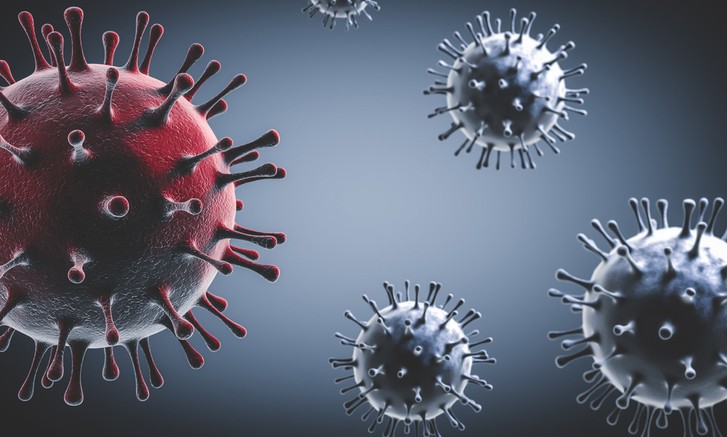
Harnessing the Power of Copper: Exploring its Antimicrobial Properties
In an era dominated by concerns about infectious diseases and the rapid spread of pathogens, researchers are continually seeking innovative ways to combat microbial threats. One such solution comes from an unexpected source: copper. Known for its remarkable antimicrobial properties, copper has a rich history of being utilized to combat pathogens and maintain hygienic environments. In this blog post, we will delve into the fascinating world of copper’s antimicrobial prowess and its role in the battle against COVID-19.
The Science Behind Copper’s Antimicrobial Power
Copper’s antimicrobial properties have been recognized for centuries, with civilizations such as the Ancient Egyptians using copper vessels to store water and prevent bacterial growth. Modern science has since uncovered the mechanisms that make copper a potent weapon against microbes. Copper ions are released from the surface of copper materials through a process called “contact killing.” These ions target the cell membranes of microbes, disrupting their structure and integrity. As a result, essential processes within the microbial cells are compromised, leading to cell death.
Scientific Evidence: Copper’s Efficacy Against Pathogens
A wealth of scientific research supports the antimicrobial efficacy of copper. A study published in the journal Applied and Environmental Microbiology demonstrated that copper surfaces can rapidly and effectively kill various bacteria, including MRSA (Methicillin-resistant Staphylococcus aureus), a notorious antibiotic-resistant pathogen. Another study published in Infection Control and Hospital Epidemiology found that incorporating copper surfaces in healthcare settings significantly reduced the colonization of harmful bacteria, ultimately lowering the risk of healthcare-associated infections.
Copper’s Role in the Fight Against COVID-19
The emergence of the COVID-19 pandemic prompted renewed interest in copper’s antimicrobial properties. The SARS-CoV-2 virus, responsible for COVID-19, can survive on surfaces for varying lengths of time. However, copper has shown promise in curbing the virus’s persistence. A study published in the New England Journal of Medicine revealed that the virus was rapidly inactivated on copper surfaces, with a significant decrease in viral particles within hours.
Real-world Implementation and Considerations
As the world faced the urgent need to mitigate the spread of COVID-19, the application of copper surfaces gained traction. High-touch surfaces in healthcare facilities, public transportation, and even everyday objects like doorknobs and handrails were considered for copper coatings. While copper’s efficacy in killing microbes is well-established, challenges such as maintenance, aesthetics, and cost-effectiveness must be addressed for widespread implementation.
Conclusion
Copper’s antimicrobial properties, backed by centuries of historical use and modern scientific research, showcase its potential as a powerful tool against microbial threats. The fight against COVID-19 further highlighted copper’s ability to rapidly neutralize pathogens on surfaces. While it’s not a standalone solution, integrating copper elements into our environment could provide an additional layer of defense against infectious diseases. As science continues to evolve, so too will our understanding of copper’s remarkable capabilities in safeguarding public health.
Sources:
1. Warnes, S. L., & Keevil, C. W. (2013). Inactivation of norovirus on dry copper alloy surfaces. PLOS ONE, 8 (9), e75017.
2. Salgado, C. D., Sepkowitz, K. A., John, J. F., Cantey, J. R., Attaway, H. H., & Freeman, K. D. (2013). Copper surfaces reduce the rate of healthcare-acquired infections in the intensive care unit. Infection Control and Hospital Epidemiology, 34 (5), 479-486.
3. Schmidt, M. G., Attaway, H. H., Sharpe, P. A., John, J., Sepkowitz, K. A., Morgan, A., … & Salgado, C. D. (2012). Sustained reduction of microbial burden on common hospital surfaces through introduction of copper. Journal of Clinical Microbiology, 50 (7), 2217-2223.
4. van Doremalen, N., Bushmaker, T., Morris, D. H., Holbrook, M. G., Gamble, A., Williamson, B. N., … & Lloyd-Smith, J. O. (2020). Aerosol and surface stability of SARS-CoV-2 as compared with SARS-CoV-1. New England Journal of Medicine, 382 (16), 1564-1567.
